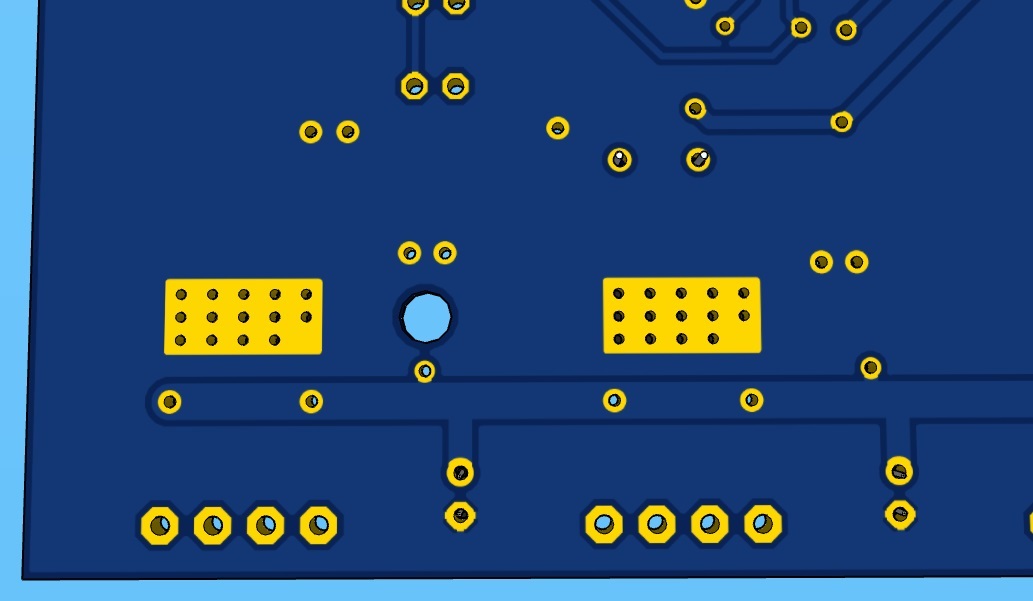Hello!
Can PCA9629 is able to drive the DRB8825? I can see that PCA9629 can drive the H-BRIDGE directly but DRV has it's own logic to generate the pulses for the internal bridge.
My idea is to use one of the "OUT0" to "OUT3" pin from NXP to send pulses to the STP pin of DRV8825, the DIR pin doesn't matter because the stepper is used only in one direction.
Data sheet:

Thanks!






